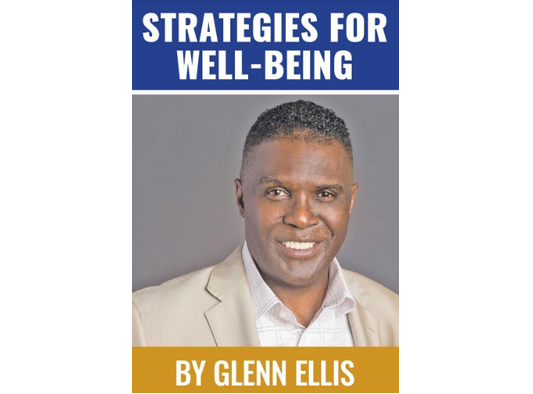By Glenn Ellis
At least 15,000 Black Americans would still be alive if they had died of COVID-19 at the same rate as White Americans. This is according to publication of a recent study from the APM Research Lab called, “The Color of Coronavirus”.
Just the latest in a barrage of information on COVID-19 and the pandemic. How do you make sense out of all of it? How much of this do you need to know? What do you really need to do to protect you and your family?
Let’s start at the beginning.
Coronaviruses are a large family of viruses that are known to cause illness ranging from the common cold to more severe diseases such as Severe Acute Respiratory syndrome (SARS) and Middle East Respiratory Syndrome (MERS). COVID-19 is a new strain of coronavirus that has not been previously identified in humans.
According to the South China Morning Post, a 55-year-old individual from Hubei province in China may have been the first person to have contracted COVID-19 on Nov. 17, 2019. The COVID-19 virus first hit the United States in January 2020; the first death in February; and by March, the virus had hit all 50 states! Now, here we are six months later, after three months of “sheltering in place”, and signs of “reopening” are popping up, while at the same time, some states and cities are having to close as soon as they open.
The media is continuing to bombard us with more information than any of us could, reasonably, be expected to process. We’ve now passed a half-million cases around the world, and 2.5 million infection cases, and more than 125,000 deaths in the United States.
At this rate, half of the entire population of the United States will be infected by the end of the year.
In light of these dismal statistics and facts, we still aren’t sure how bad things really are. It seems that the data that is being collected and reported to us is all over the place. When it comes to the death count, 63 percent of all the deaths in the United States are reported as much as 10 days from the date of death. And that’s after an actual death certificate is issued. Not to mention that some states report daily, some report weekly, and some report monthly.
It takes extra time to code COVID-19 deaths. While 80 percent of deaths are electronically processed and coded by National Center for Health Statistics (NCHS) within minutes, most deaths from COVID-19 must be coded by a person, which takes an average of seven days.
Oh yeah, then there’s the vaccine! In spite of the fact that a successful vaccine clinical trial typically takes 10 years, we’re being promised one as early as January 2021, by Dr. Anthony Fauci, the nation’s top infectious disease expert . Dr. Francis Collins, director of the National Institutes of Health, is even more optimistic. He believes, “if all goes well, maybe as many as 100 million doses by early 2021” would be possible, which is truly a long shot if 10 years is the typical amount of time we’re hearing.
According to Gilead, the pharmaceutical company, a patient will require six doses, at $520 apiece, over five days, for a total of $2,340. That’s the cost to the hospital; who knows how much it will cost the patient.
In the meantime, testing is the buzzword traveling throughout communities across the nation. At this time, the Food and Drug Administration (FDA) doesn’t require the manufacturers of testing kits to provide information on the accuracy of the tests. One notable controversy was over a test kit produced by Abbott Laboratories. The FDA and other monitors found that Abbott’s “rapid-test” missed between a third to one-half of infections that were identified correctly by another competing manufacturer’s test kit. We should remember that getting tested is not enough to give you relief from the stress and worry about infection from the coronavirus.
The Centers for Disease Control and Prevention (CDC) wants us to keep in mind that when it comes to testing. “The test result only means that you did not have COVID-19 at the time of testing,” the CDC says. “You might test negative if the sample was collected early in your infection and test positive later during your illness. You could also be exposed to COVID-19 after the test and get infected then.”
So, what can we do to protect ourselves and our families?
First, each one of us has to decide, and declare to ourselves, “do I want to live, or do I want to die?” All too often, we just not are fully committed to make sacrifices and efforts that are in our own best interest. We can greatly improve our chances of making it through this pandemic, but, like the old man was asked, “Do you want to be well?”
If so, then all we need to do is to practice the 3 W’s:
Wash your hands thoroughly and often; wear a mask; and watch how close anyone is to you, or vice versa.
Glenn Ellis is Visiting Scholar at The National Bioethics Center at Tuskegee University and a Harvard Medical School Research Bioethics Fellow. He is author of Which Doctor? and Information is the Best Medicine. For more good health information visit: www.glennellis.com.




